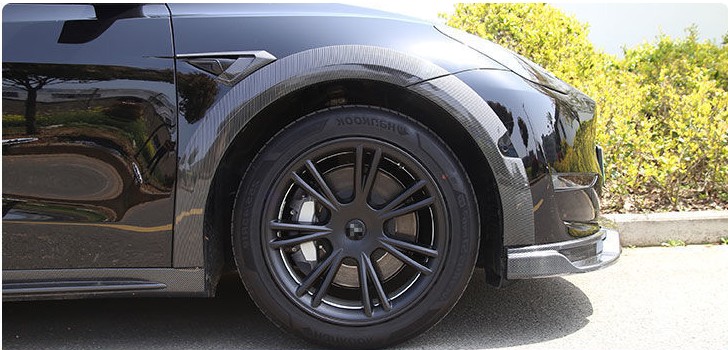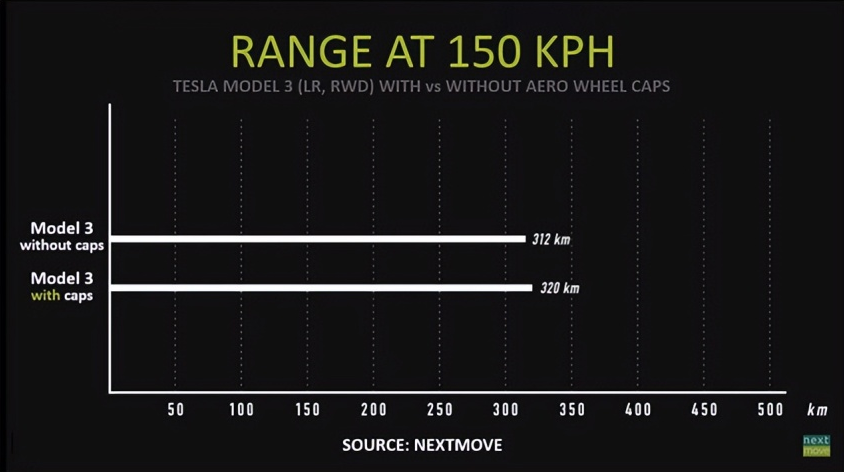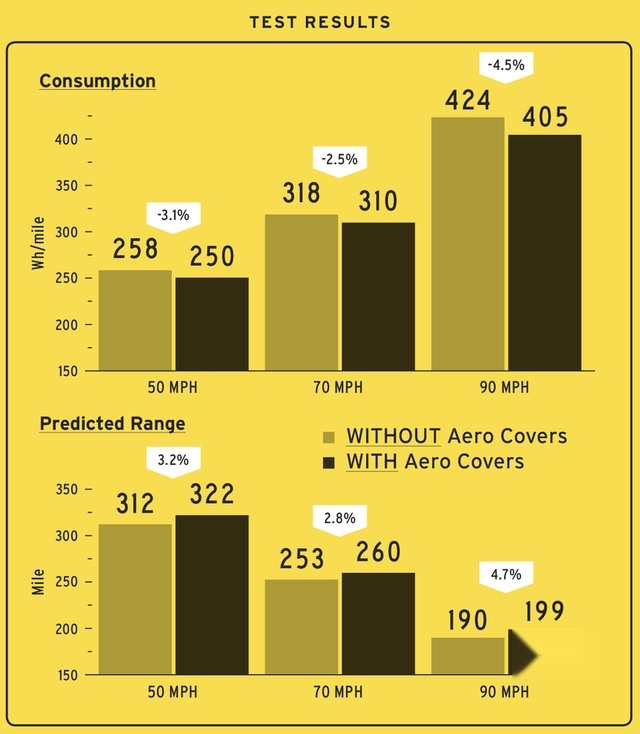Unveiling Their Functions and More Questions Answered!
With the accelerating adoption of new energy vehicles, the roads are witnessing a surge in the number of pure electric cars. In bustling first-tier cities, the streets are teeming with “green license plate” vehicles, signifying the growing dominance of eco-friendly transportation options. Thanks to continuous innovation and all-round progress in the new energy vehicle market, the automotive landscape has become a vibrant and diverse ecosystem.


Among the various features of electric cars, the unique wheel design stands out, characterized by clean and unadorned rims without prominent indentations. Tesla, as an industry leader in the electric car segment, has started an interesting trend by incorporating hubcaps for its electric vehicles. In recent years, hubcaps have become a standard feature on both electric cars and SUVs, raising questions about their purpose and potential benefits. In this comprehensive article, we take a deep dive into the role of Tesla hubcaps, unraveling their functions and exploring their broader implications for electric car performance.

The Hubcaps Mystery
To fully understand the importance of hubcaps in new energy vehicles, let’s take a closer look at the famous Tesla Model 3 as a prime example (parameters | queries). A majority of the long-range versions of the Model 3 on the market feature a spoiler-wrapped outer rim, presenting an unusual design to those new to the world of pure electric cars. However, this unique wheel design is not limited to Tesla alone; it has become a standard feature on many new energy vehicles from several respected brands, including Azera, BMW, Audi, Mercedes-Benz, and more. In addition, automakers are offering customers the option to customize their wheels, adding a touch of personalization and style.

The role of hubcups:
Hubcaps play a decorative, protective role, and models with hubcaps look more beautiful, but also prevent the screws from being corroded by water.
1. Suppresses interference and reduces certain frequencies of ultra-high-speed wind noise.
In addition to aesthetics, this design also reduces wind resistance. According to the characteristics of pure electric vehicles, all the power is used to offset the friction of the wheels and wind resistance while maintaining a constant speed, which has already been tested in the factory, and the battery charge has already been determined, so it is only possible to put more effort into the wind resistance.
Reduced wind resistance means more energy efficiency and will get a longer range.
But this only happens at high speeds, such as over 200 kilometers per hour, and will have little effect on the average family car. Because according to the survey, logically designed hubcaps can only reduce air resistance by 2.5-5%.
2. Reduce wind resistance and improve part of the range level

In general, a tram with an 80kWh battery capacity adds 5-10 kilometers of range, and, the faster the speed, the more the range will suffer.
At a speed of 15-20 kWh per hour, there will be an extra 1-2 kWh of electricity. Add a set of hubcaps, and you’ve gone from a Class B rolling resistance tire (coefficient RRC greater than 6.5), down to a Class A rolling resistance tire (coefficient RRC less than 6.5).And a new Class A tire costs more than a million dollars just to develop.So it looks like the wheel covers have more parts and cost more.
According to “Car and Driver” magazine, at speeds of 50,70, and 90 mph, Model 3 models with wheel covers have an average of 3.4% more distance traveled than models without wheel covers.This change is most significant at speeds of 90 mph, where it reaches 10 miles (16 km). The professional editors were amazed at the results, “Pneumatic wheel covers are a major advancement in the automotive industry, just like CVTs and low rolling resistance tires.”In the automotive industry, if you want to improve the aerodynamic performance of the car to reduce wind resistance, the cost will be very high, but this plastic tires, which cost only a few dozen dollars, is a “four-two-thousand-kilograms”, a very small cost, in exchange for a large profit, and at the same time, a good balance.
3. Enhance the face value of the electric car at the same time, will not affect the heat dissipation problems
Beyond the technical advantages, hubcaps also play a pivotal role in enhancing the aesthetics of electric cars without compromising heat dissipation. Compared to the design and production costs associated with rims, hubcaps offer a more cost-effective and flexible solution, enabling the creation of more attractive and diverse designs. Additionally, many electric vehicles, including Tesla models, implement power recovery systems that reduce the need for extensive heat dissipation from the braking system, making hubcaps a practical and efficient choice.
Disadvantages of hubcaps:
1. Hubcaps impact on Weight: Minimal Effect on Electric Cars
While hubcaps offer numerous advantages, it is essential to acknowledge potential drawbacks. One such drawback is the increased weight associated with well-structured hubcaps. Typically, a hubcap weighs between 0.5 to 1 kilogram, contributing slightly to the overall weight of the electric car. However, considering that electric cars are relatively heavy as a whole, the impact on weight reduction is considered minimal and not significantly noticeable during regular driving.
2. Hubcaps Design Inconvenience: Small Valve Holes in Wheel Hubs
Another issue to consider is certain hubcap designs that may cause inconvenience in daily use. Some models have smaller valve holes in the wheel hubs for dynamic balancing purposes. As a result, removing the hubcaps to access the tires becomes necessary for various maintenance tasks. However, automakers are continuously addressing such inconveniences to enhance the user experience and ensure optimal convenience for electric car owners.
In summary, hubcaps play a critical role in enhancing the overall performance and aesthetics of new energy vehicles, particularly electric cars. Their ability to reduce wind resistance contributes to higher energy efficiency and extended driving range, making them valuable additions to the new energy vehicle market. While they might add a slight amount of weight and present certain design inconveniences, the benefits they offer far outweigh these minor limitations. As the new energy vehicle market continues to thrive and evolve, hubcaps are expected to become an integral and influential element in the quest for sustainable transportation solutions. Embracing this innovative trend, automakers and consumers alike can contribute to a greener and more environmentally friendly future for the automotive industry.
